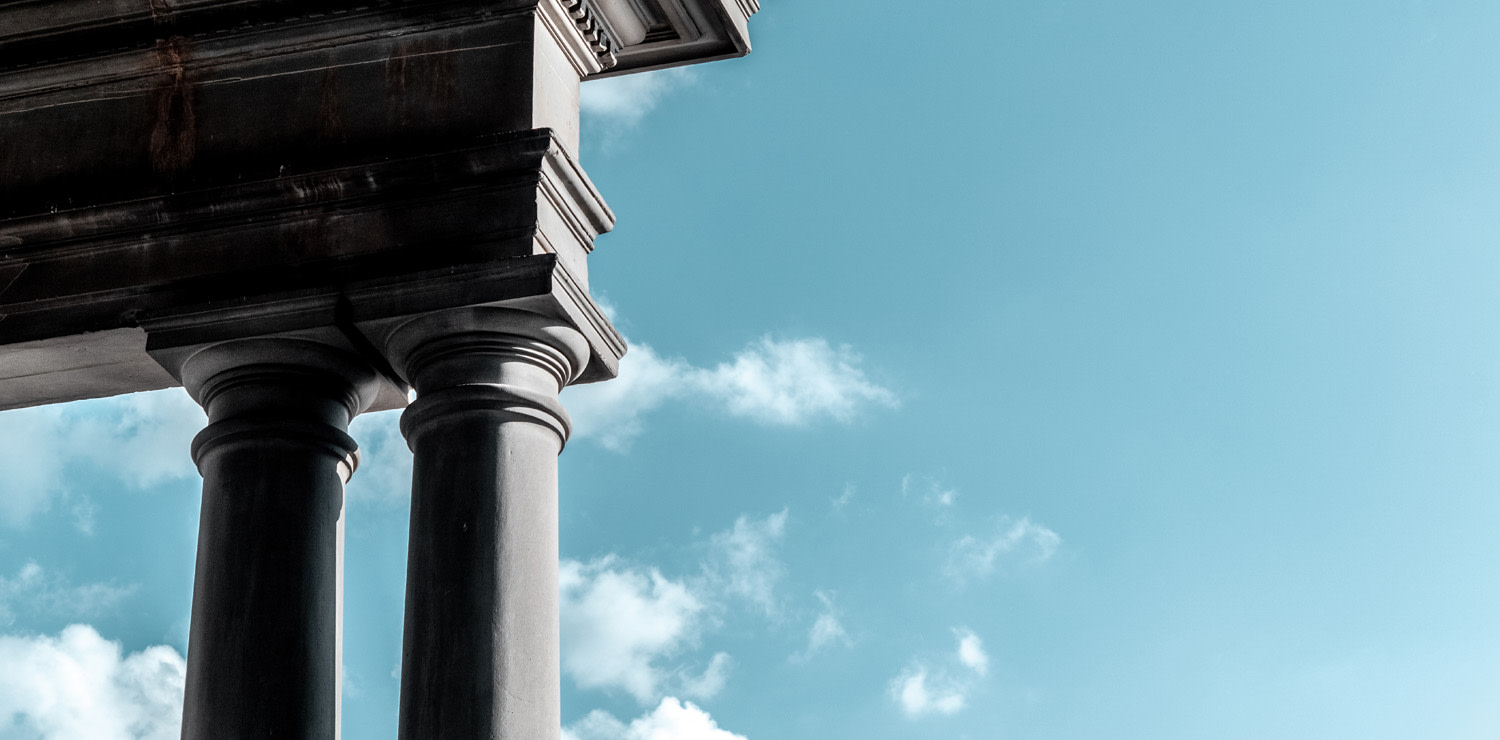Florence for explorers
Secret places and unusual views of the most beautiful city in the world
An unexpected Florence of striking details, views that appear out of nowhere as you readjust your gaze or walk out of narrow streets that still bear witness to the medieval origins of the sublime Renaissance city. This tour is all about looking up to find the fragments and views in which we recognize human mastery and wisdom that crafts architecture into a tiny piece of the sky, a reflection on the harmony that you can find just around the corner in Florence. It’s a tour of iconic places seen from a new perspective and secret places that become unforgettable as soon as you’ve discovered them.
Photo cover:
With the Uffizi and the Vasari Corridor, power, which was held by the Medici family,
extended across the Arno River, into the Oltrarno. The iconic Ponte Vecchio appears as you turn right over these impressive columns belonging to the second corridor of the piazzale.
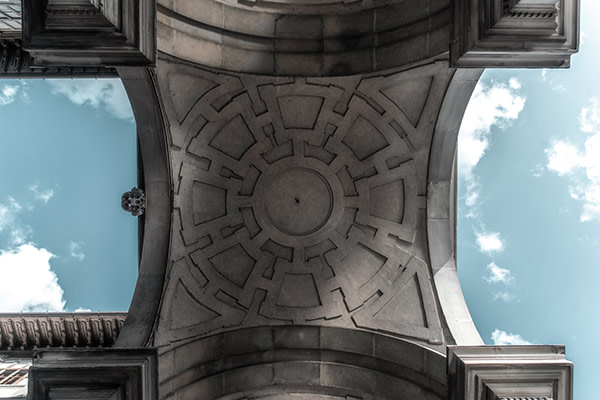 OP-UFFIZI 13
OP-UFFIZI 13A different view of the piazzale degli Uffizi, where the great Cosimo I de’ Medici wanted
to reunite the 13 most important Florentine magistratures, known as the uffici (offices), so that they were under his direct control. From this perspective with its deeply architectural impact, you can see the famous shield with its six balls, the emblem of what was once Florence’s most important family.
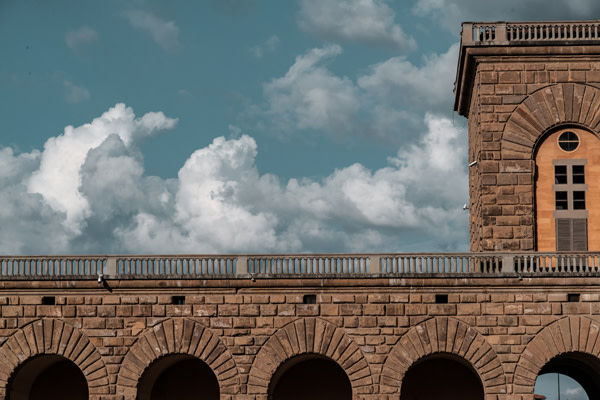 Palazzo Pitti
Palazzo PittiA regal residence borne out of the strong competitiveness among the most powerful Florentine families. Luca Pitti desired a palace as grand and majestic as Palazzo Medici Riccardi, with a courtyard so vast as if it would contain the whole of Palazzo Strozzi. He had it built, but the family only managed to live there for 3 years and after less than a century, Palazzo Pitti became Medici property.
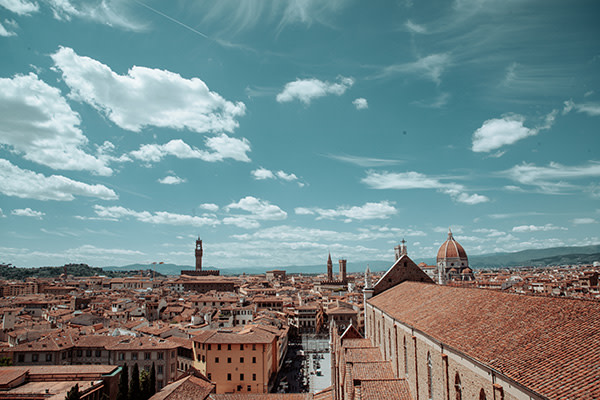 Basilica di Santa croce
Basilica di Santa croceThe Basilica of Santa Croce is one of the oldest and largest Franciscan churches in the world and one of the most beautiful examples of the Gothic style in Italy. It’s no coincidence that Stendhal, in Italy during his Grand Tour in 1817, felt that strange malaise, which led to the famous Stendhal Syndrome. Illustrious figures like Niccolò Machiavelli and Galileo Galilei are buried here.
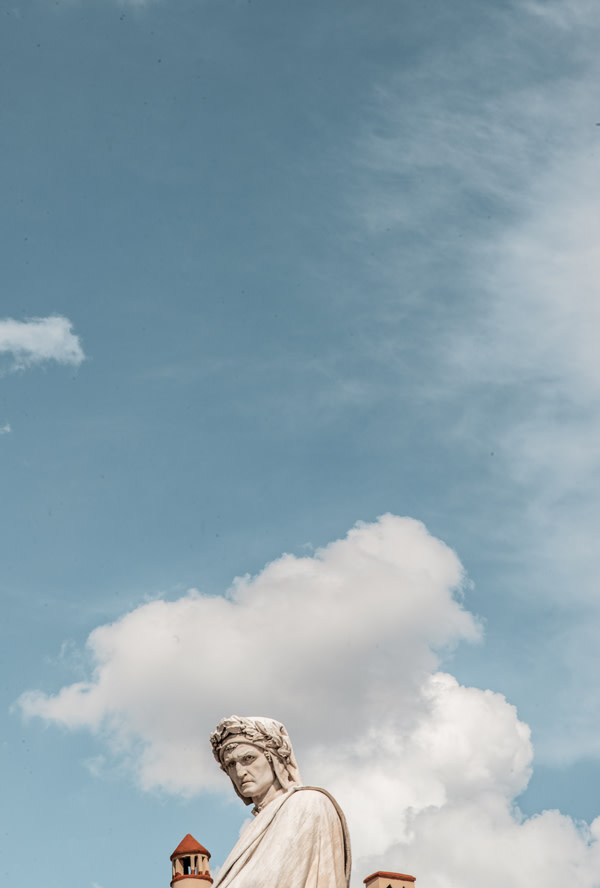 Santa Croce
Santa CroceDante Alighieri, the Supreme Poet. Who’s never heard of Dante and his Divine Comedy? The father of the Italian language, he’s certainly one of the most Florentines in the world. In September 2021, he will be commemorated on the 700th anniversary of his death in Ravenna, where he was forced into exile. The basilica still pays tribute to him with this huge statue by the steps.
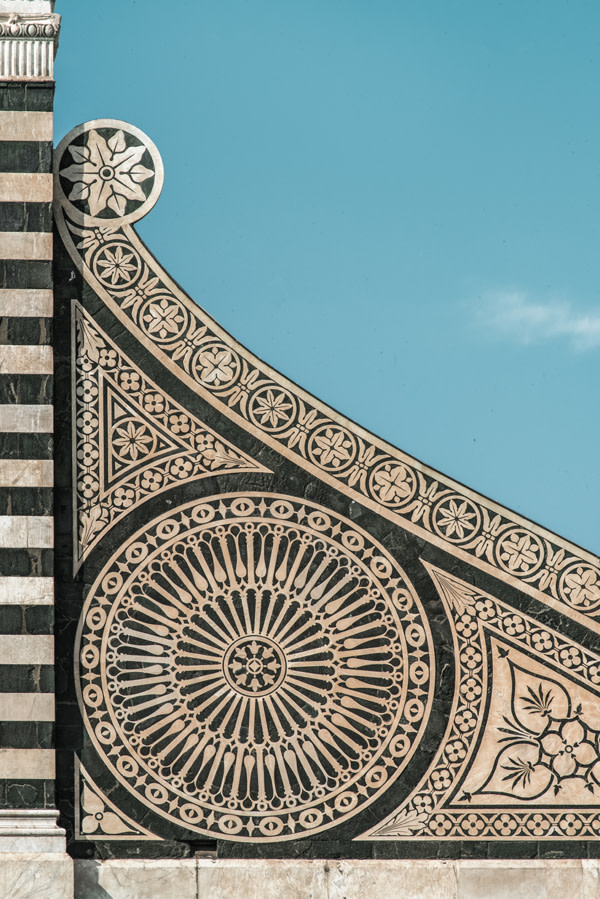 Santa Maria Novella
Santa Maria NovellaAdorned in Leon Battista Alberti’s soft, rounded lines, the typically Renaissance facade of the 13th-century Basilica of Santa Maria Novella conceals a Gothic soul consisting of cross vaults and pointed arches so high that they make visitors dizzy. The basilica is home to countless pieces of breath-taking art, including Botticelli’s Adoration of the Child, Masaccio’s Trinity and Giotto’s Crucifix.
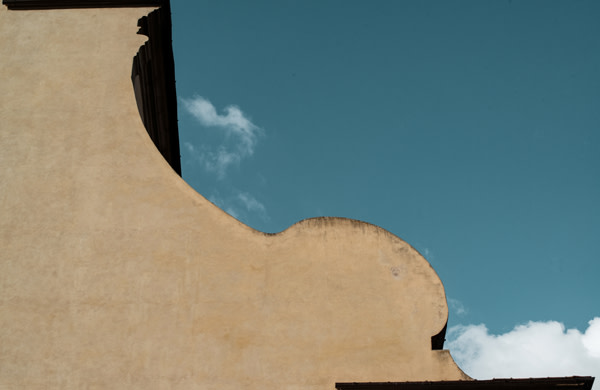 Santo Spirito
Santo SpiritoLocated in one of the best-loved piazzas in the Oltrarno, the Basilica of Santo Spirito’s completely bare facade is one of the icons of this vibrant Florentine neighbourhood. Filippo Brunelleschi devised the original plans, but he died before completing the project.
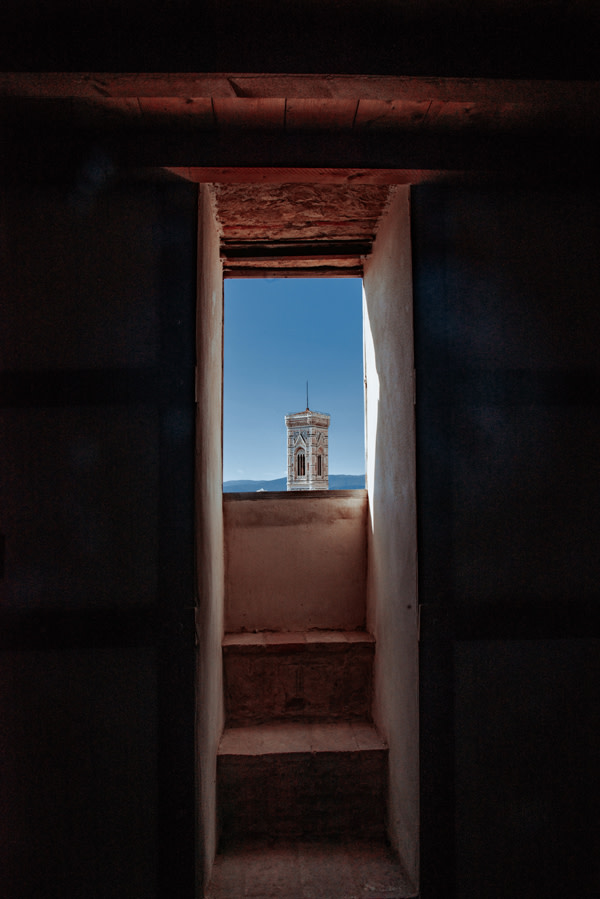 Badia Fiorentina
Badia FiorentinaBadia Fiorentina was originally a Benedictine monastery in the centre of Florence,
while the other four monasteries stood outside the city walls. From the Badia, admire the unique view of the coloured marble of Giotto’s Bell Tower belonging to the Cathedral.
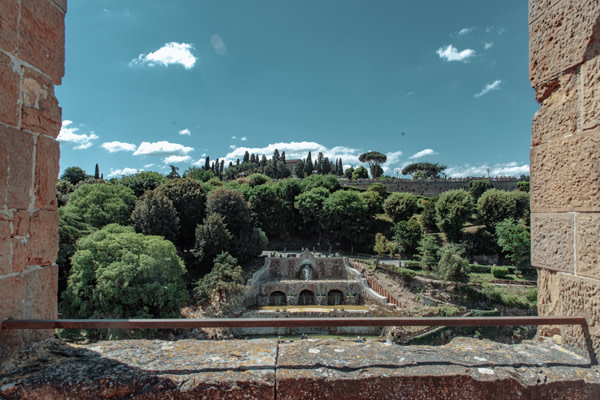 San Niccolò
San NiccolòTorre San Niccolò, or, more correctly, Porta San Niccolò, because its original function was to provide access through the city’s medieval walls in the second half of the 19th century, when Florence was the capital of Italy. Inspired by other great European capitals, architect Giuseppe Poggi was tasked to remove the walls, which encircled the city too tightly, design ring roads and connect, using the famous (and recently restored) ramps, the San Niccolò neighbourhood and piazzale Michelangelo. The view from the top is mind-blowing.






